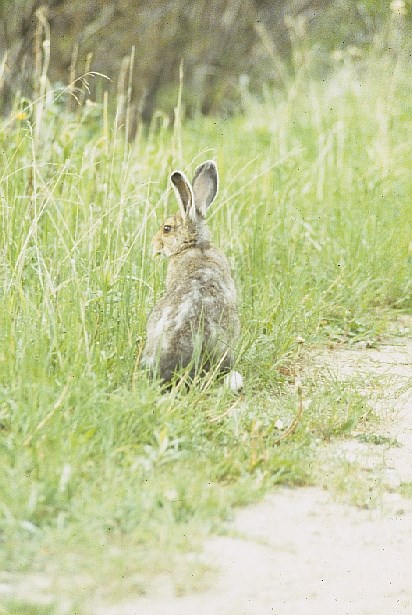
NPS photo Diverse Animal LifeBig Hole National Battlefield is home to a wide array of animal species, including amphibians, birds, mammals, reptiles, and invertebrates. The flowing Big Hole River attracts and sustains a variety of wildlife, where visitors may spot mule deer (Odocoileus hemionus), moose (Alces alces), and elk (Cervus elaphus). From the mighty elk to the tiniest ant, this diverse ecosystem highlights the importance of protecting species of all sizes. Mammals, Reptiles, and AmphibiansA 2002 study confirmed the presence of 31 mammal species within Big Hole National Battlefield, alongside four species of herpetofauna (reptiles and amphibians). Notably, both the western toad (Bufo boreas) and the gray wolf (Canis lupus) are considered “species of special concern” by the Montana Natural Heritage Program, indicating their vulnerable status in the region. Birds and Sensitive SpeciesWhile the bald eagle (Haliaeetus leucocephalus) occasionally appears in the park, it is not a year-round resident. Other sensitive species that may be spotted at Big Hole include:

NSP photo A Rich Array of SpeciesBig Hole National Battlefield hosts a diverse range of wildlife, including amphibians, reptiles, and mammals, each playing a vital role in the park’s ecosystem. Here are some notable species and their Nez Perce (nimí·pu·) names, highlighting the cultural and environmental significance of these animals to the area. Key Species
Larger Mammals and Birds
|
Last updated: November 5, 2024
